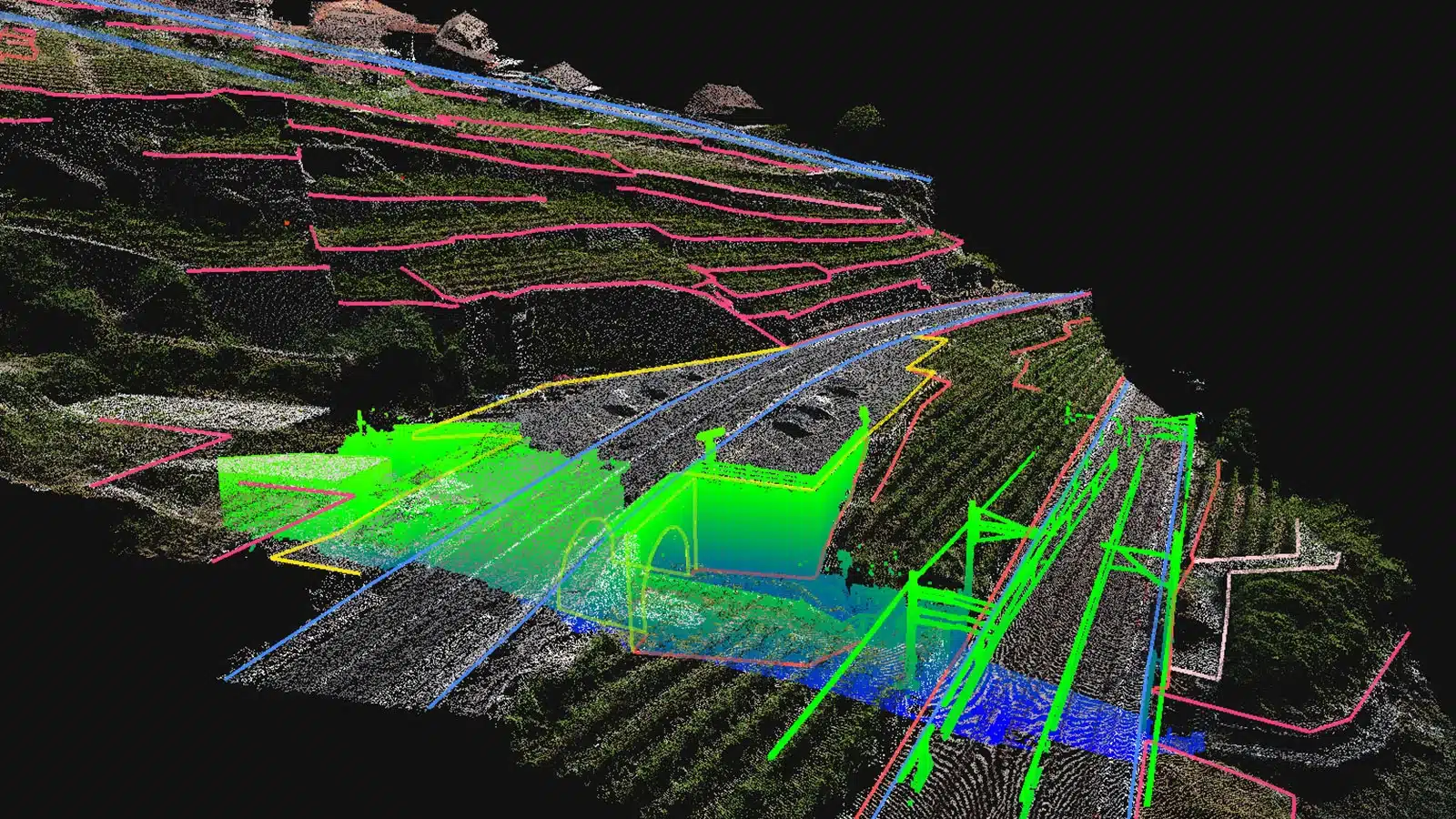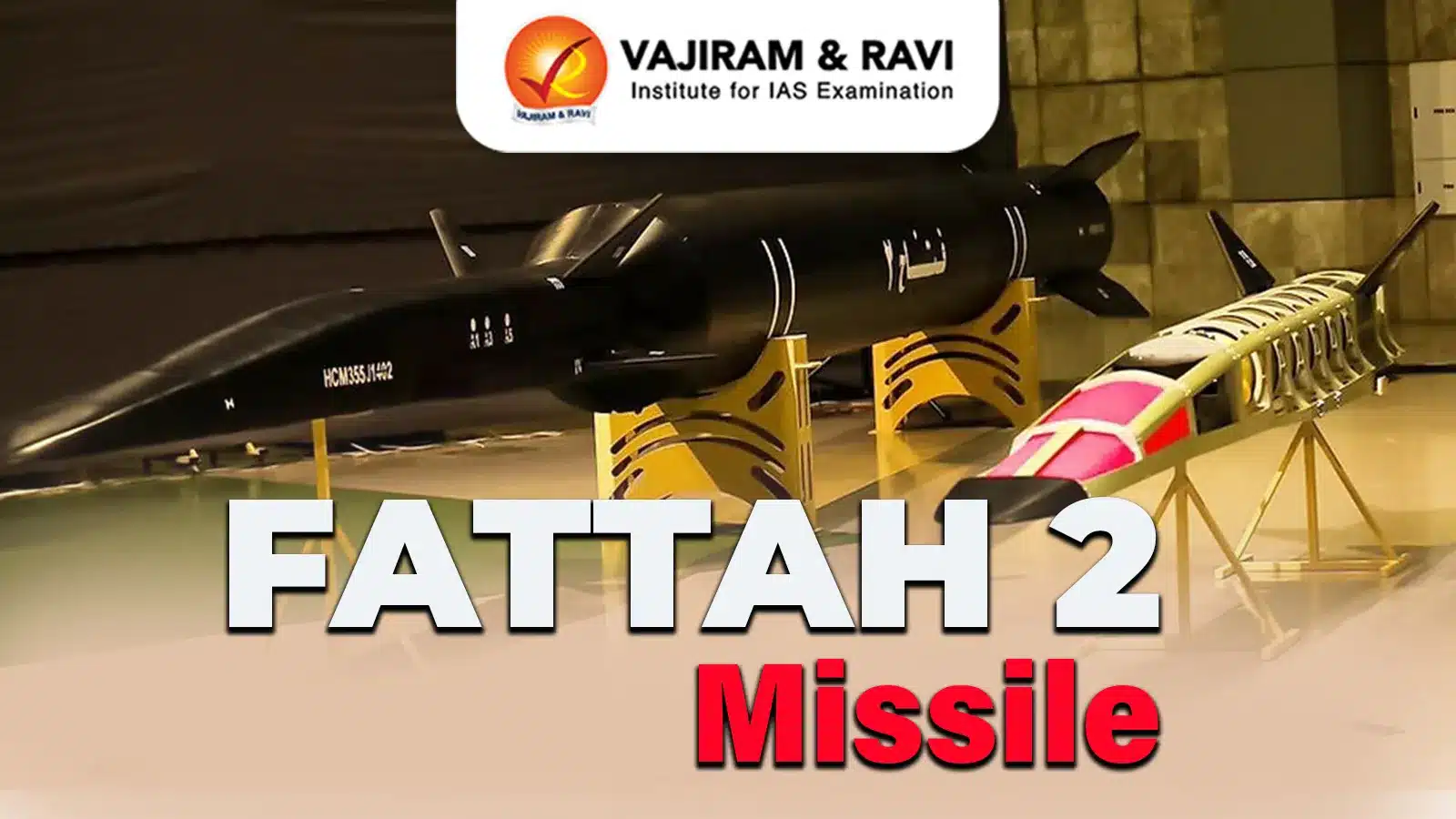About LiDAR
- Lidar, which stands for Light Detection and Ranging, is a remote sensing method that uses light in the form of a pulsed laser to measure ranges (variable distances) to the Earth.
- These light pulses—combined with other data recorded by the airborne system — generate precise, three-dimensional information about the shape of the Earth and its surface characteristics.
- A lidar instrument principally consists of a laser, a scanner, and a specialized GPS receiver.
- Airplanes and helicopters are the most commonly used platforms for acquiring lidar data over broad areas.
- How Does it Work?
- A LiDAR system calculates how long it takes for beams of light to hit an object or surface and reflect back to the laser scanner.
- The distance is then calculated using the velocity of light. These are known as ‘Time of Flight’ measurements.
- Two types of lidar are topographic and bathymetric.
- Topographic lidar typically uses a near-infrared laser to map the land, while bathymetric lidar uses water-penetrating green light to also measure seafloor and riverbed elevations.
- Lidar systems allow scientists and mapping professionals to examine both natural and man-made environments with accuracy, precision, and flexibility.
- It is used in a wide range of land management and planning efforts, including hazard assessment (including lava flows, landslides, tsunamis, and floods), forestry, agriculture, geologic mapping, and watershed and river surveys.
- What is the difference between Radar and LiDAR?
- LiDAR works in a similar way to Radar and Sonar yet uses light waves from a laser, instead of radio or sound waves.
Q1) What is a Radar?
The word radar comes from the acronym radio detection and ranging. As the name implies, radars use radio waves to determine the distance and velocity of the targets they hit. A radar system usually consists of a transmitter to send out radio signals and a receiver to catch any reflected energy from targets.
Source: 3,000-Year-Old City Hidden In Amazon Rainforest Discovered
Last updated on June, 2025
→ UPSC Notification 2025 was released on 22nd January 2025.
→ UPSC Prelims Result 2025 is out now for the CSE held on 25 May 2025.
→ UPSC Prelims Question Paper 2025 and Unofficial Prelims Answer Key 2025 are available now.
→ UPSC Calendar 2026 is released on 15th May, 2025.
→ The UPSC Vacancy 2025 were released 1129, out of which 979 were for UPSC CSE and remaining 150 are for UPSC IFoS.
→ UPSC Mains 2025 will be conducted on 22nd August 2025.
→ UPSC Prelims 2026 will be conducted on 24th May, 2026 & UPSC Mains 2026 will be conducted on 21st August 2026.
→ The UPSC Selection Process is of 3 stages-Prelims, Mains and Interview.
→ UPSC Result 2024 is released with latest UPSC Marksheet 2024. Check Now!
→ UPSC Toppers List 2024 is released now. Shakti Dubey is UPSC AIR 1 2024 Topper.
→ Also check Best IAS Coaching in Delhi
























